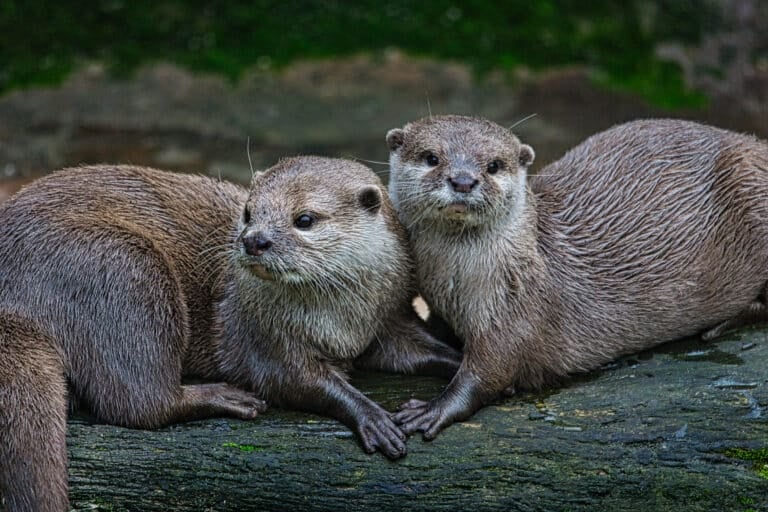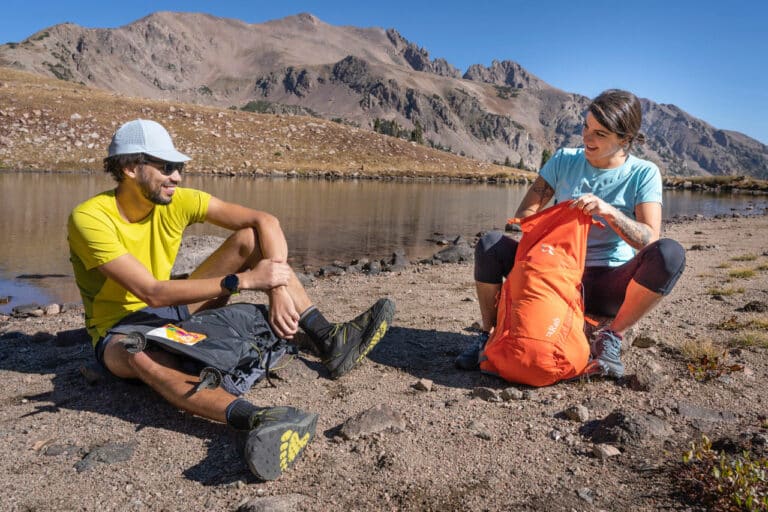Off Road Legends: A conversation with Matt Marcus
Matt Marcus has been mountain biking since before they called it mountain biking. Right now, He’s is 600 miles into a bike adventure down the East Coast to the Florida Keys. He’s not counting on getting there until he’s there. After a long day’s ride, he called in to talk about his life and his favorite sport.
“When Matt was really into mountain biking and early days of the scene, there was no internet. He lived it, but didn’t blog about it. His memory is really good and he has the mind of a great trial lawyer,” said fellow old-school Blue Ridge mountain bike legend Susan Haywood, of Marcus. “I would describe him as an early pioneer of East Coast mountain biking and racing. He lived in the D. C. area and worked as a bicycle messenger. He would travel every weekend to races or to ride in Canaan on the tough stuff. He was a weekend warrior that finally made the leap to move to Canaan. He eventually bought Blackwater Bikes in Davis and was the face of mountain biking in Canaan for many years.”
Continued Haywood: “He was involved in WVMBA ( West Virginia Mountain Bike Association) and IMBA( International Mountain Bike Association) and was a strong advocate for trail access, especially at a time when trails were getting shut down. He wasn’t always the diplomat in these situations, but his strong passion for trails dictated his actions. And even though he was sometimes on the extreme end of the spectrum, it was what was needed to save trails.”
BRO: What did you do before you discovered mountain biking?
MM: I was a bike messenger in D.C. That’s when I first saw mountain bikes sold commercially—at a bike shop in Gerogetown. Another bike messenger had a Stumpjumper—one of the first mountain bikes that ever came out. My buddy was more of a BMX rider and I was a road rider at the time. We both got into it heavily. He ended up being a pro. He was really fast.
I started racing up in West Virginia and ended up moving there in 1988. I bought Blackwater Bikes in 1990. Owned it for ten years. I worked there before I owned it and I’ve worked there on and off since I sold it. I might end up working there again.
BRO: Coming from an urban/road biking background what attracted you to mountain biking?
MM: Being able to ride in the woods on trails and up steep hills was alluring. My friend and I got into the mountain bike scene together. It was fun going to races with him because he would win a lot. Davis, West Virginia, was the first place we went to race truly gnarly off-road stuff. People would come from Georgia, New York, parts of New England, and Florida—all over the East coast.
The first race I rode was in Rock Creek Park before they outlawed biking there. But it was pretty sketchy. It was an off-road bike messenger race so it was pretty funny.
The first real mountain bike race I entered was 1984, The Canaan Mountain Series in Davis, WV. Laird Knight was the race promoter and started it in 1983. We were going through rivers and swamps. It was serious, hardcore, sick downhill stuff. You could probably ride it now on a downhill bike but then it was sketchy on a rigid bike. We rode everything rigid then. There was not much suspension at the time. The Canaan Mountain Series is one of the oldest continuously run mountain bike race in the world, definitely the oldest and longest still running on the east coast.
BRO: If you could have an on-going theme song while you biked, what would it be?
MM: “Jumping in the fire” by Harry Nilsson. That’s been running in my head all day.
BRO: What was your first mountain bike?
MM: Univega Alpina 1983 model.
BRO: Do you have a name for your mountain bike?
MM: (Laughs) no, I mean it’s named Cannondale Scalpel. Some people do though.
BRO: What has been your proudest moment in the sport?
MM: When my friend Nick Wait won the Junior National Championship in 2001 (fc). Another was when Sue Haywood got chose to represent the U.S. in the Olympics. It was a proud moment though it later went to court and she got it yanked from her. Watch the movie called off-road To Athens. It’s a big part of mountain bike history. It would take a whole other interview to tell you that one, buddy. Those are the two moments I’m most proud of because I was involved with both those athletes in terms of riding with them and getting them started in the sport.
BRO: Is the sport worth the risk/danger?
Well of course, yes, it’s worth the risk/danger. There are plenty of other things that are a hell of a lot more dangerous and people do them all the time. High School football; driving to Walmart is probably more dangerous than mountain biking.
On this trip I’m on now, I left Durham, NC and hit part of the East coast greenway. It’s a 20-30 mile long rail trail and I never had to worry about my safety in terms of cars or trucks or anything. Those are the kinds of facilities that would be nice to have. If there were a cross-country rail trail, I would be on it in a heartbeat. Those are the kind of facilities that would make the sport of cycling stronger, in general.
BRO: Where is your favorite place to ride a mountain bike in the U.S.?
MM: West Virginia is what I’m most familiar with. Davis and Canaan Valley, that area. I love one of the newer trails in the area called Splash Dam. North/Central West Virginia is rocky, rooty, muddy, plateau. Its not as friendly to beginners. It’s more hardcore technical and rocky.
Other place I’ve been that I love to ride? Moab, obviously, and there are some other really cool places around there. Gooseberry and Fruita. Steamboat Springs in Colorado is really great, too. There’s some really awesome riding down in Central and South America. I want to go to Guatemala. I did the death road in Bolivia…It’s not a mountain bike ride but it’s really cool. It starts at something like 16,000 ft. and ends at something like 2,000 feet.
BRO: Can you tell me about the moonshiners?
MM: Back when I owned the bike shop in the 90s, I came across this story on this sheet of paper about how back in the 1920s during Prohibition moonshiners made these bicycles with gearing that they used to run the moonshine over the mountains from Dryfork, W.V., in Randolph County. That’s the story and if I ever find it again I’ll send it to you. I don’t even know where it came from.
But it wasn’t one group. Hundreds of people all over the world discovered mountain biking. It was just the guys out in California that finally took it to production. They’re the ones who pulled it off. It seems like there are more bike shops in California and Florida than anywhere else in the U.S. and its because of the climate and terrain.
BRO: Where do you see the future of the sport going?
MM: I think mountain biking has matured to the point where the technology is not going to go as fast anymore, maybe. But who knows because there’s always new stuff the manufacturers want to build. First there were 26in wheels then 29in and 650b and now people are riding these fat bikes in snow and sand. The sports going to keep evolving and changing and people will always want new and better gear. I don’t know where the future is going. All I know is the bicycle is one of the greatest inventions that man has ever made and it’s not going away.
BRO: Why do you love mountain biking more than road biking?
MM: Okay, this is basically the reason why I love mountain biking: if you screw up its your fault. It’s not a car’s fault. Your not in some road race with a sprinting pack that’s going to crash. Nine times out of ten if you wreck on a mountain bike, it is your own fault. All the responsibility rests on you but you also don’t have to worry about somebody else screwing you up, usually. It’s as safe as you want it to be. Its individual…
But a friend of mine—a bear hit him. So you know, shit happens. The bear got up and shook it off. My buddy may have had some cracked ribs. I can’t remember the details but he definitely got hit by a bear or they hit each other. They were both going along pretty fast.








